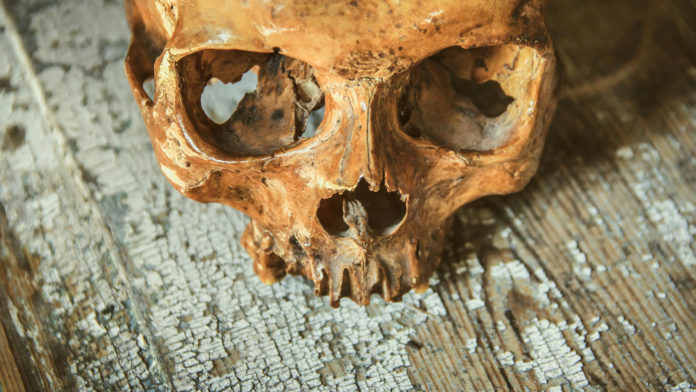When it comes to studying ancient human remains, they’re not just artifacts – they’re ancestors. Treating them with respect and engaging the communities of their living descendants also makes for better science, according to an international group of Indigenous researchers and allies.
Their article, published in Science, establishes seven key questions that researchers should be asking before starting a new study, or even continuing an ongoing study.
Research on ancient human remains affects their living descendants
Paleogenomics, the study of DNA from ancient remains, can illuminate many old mysteries, from genetic and cultural evolution to the movement of people around the world.
But paleogenomics can also have direct impact on living descendants. They may face stigma if genetic susceptibilities to diseases are found. Land claim negotiations could also hinge on the genetic outcomes.
The recommendations include finding descendant communities, or ones affiliated by ancestral location to the burial land, and identifying the appropriate community body or representative to consult.
This engagement is important, even if consent is not required: Indigenous communities will be more tuned into potential ethical and cultural concerns, especially where legal implications may come into play, such as in negotiating treaty and territorial rights, and repatriation and reburial of remains and other artifacts.
Researchers should also be aware of any community benefits that could come out of their study, and plan their study designs accordingly. For instance, community members may wish to be directly involved in the study, or to be formally recognized.
Cooperation and respect can build win-win solutions
All of this is not to say that these recommendations are founded only to place restrictions. This is only the beginning: the framework on which to build a trusting and respectful relationship. Lead author Jessica Bardill, professor of English at Concordia University, says her hope is that it will help build win-win solutions.
She asks questions like, “How can stories help us navigate the ethical challenges of technologically innovative societies without being only on the defensive?”
It comes as no surprise that oral history can hold a wealth of information. As more paleogenomics research is carried out, it’s worth noting that many of them are corroborating the oral history that Indigenous people have been passing down for generations.
When stories become legends, they gain lasting power, and although the details can change over time and retelling, there’s also an effect of ‘peer review’ where the larger group holds consensus on the core elements of the event.
Perhaps one of the greatest recent success stories in oral history solving old mysteries was the discovery of both of the lost ships from the Franklin Expedition. Inuit oral history was instrumental in narrowing the search.
Community involvement can also help interpret scientific data through the lens of cultural history; and sometimes, recruiting a community can even expand the data set.
Co-author Jennifer Raff, professor of anthropology at the University of Kansas, partnered with the Iñupiat peoples of the Alaska North Slope to help recover and rebury their ancestors’ remains when their coastal burial site started eroding into the Arctic Ocean.
Not only did the community support a study of genetic variability on the remains before reburial, but they also volunteered their own DNA to help tie that information to the present-day genetics of the North Slope villages. This contribution helped extend the findings on local ancestry and migration.
In the end, even the pursuit of scientific advancement needs to come with limits. The last thing that a researcher should want is to unwittingly do harm. This spirit of greater consultation on the benefits and potential downsides of research is something that could strengthen science in general.








































